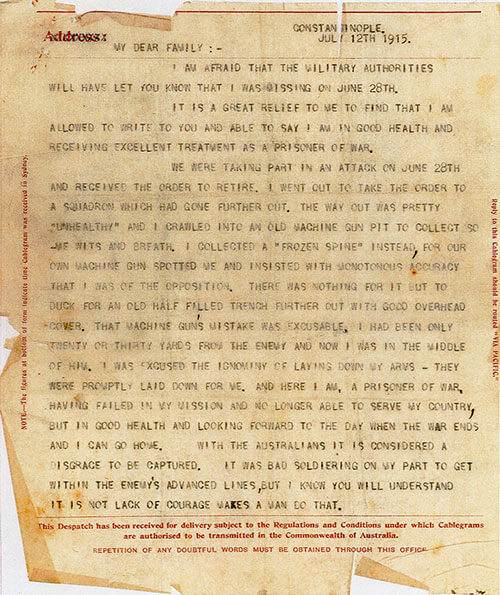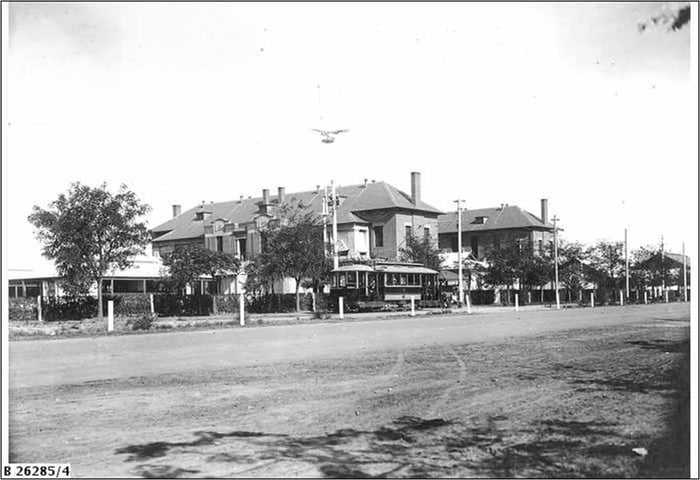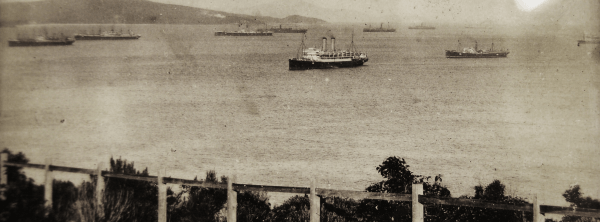
More than just a Post Office
 Cablegram from Maurice Delpratt, just one
Cablegram from Maurice Delpratt, just one
example of the work done by Australia's
postal service during the Great War.
Image: a pink telegram notification of the death of Private Allen, addressed to his mother Mrs H Allen
It is timely to recall how Australia’s Postal Service supported Australia’s wartime efforts during the Great War 1914-1918. When the war began in mid 1914 the Postmaster General’s Department (PMG) was still young. Established at Federation it had a staff of nearly 30,000 by 1912.
Like other Australians, postal officers of fighting age were keen to enlist in the Australian Imperial Force. By 1915 the postal service had left behind 4,224 job vacancies and Postmaster General William Webster urged local post offices to keep their jobs open so they could return to the postal service at the end of the war.
Apart from normal services, the Great War saw the country’s post offices with special roles. Perhaps the saddest was delivering a dreaded "pink telegram". The arrival of a uniformed junior postal worker on a bicycle was often a devastating sign for a family. It meant a telegram announcing the death or injury of a loved one, and one can only imagine how those young employees must have hated that duty.
Post Offices also issued Mothers and Wives Badges to the relatives of those serving the country. A bar or star on the badge represented each man in a family who had enlisted. Women proudly wore the badges as a sign that her family was "doing its bit" for the Great War.
Australia’s postal service has stocked Anzac Centenary commemorative items to continue their support to Australia's veterans, 10% of each sale goes directly to Soldier On, a charity helping modern veterans injured in conflicts like Iraq and Afghanistan.













